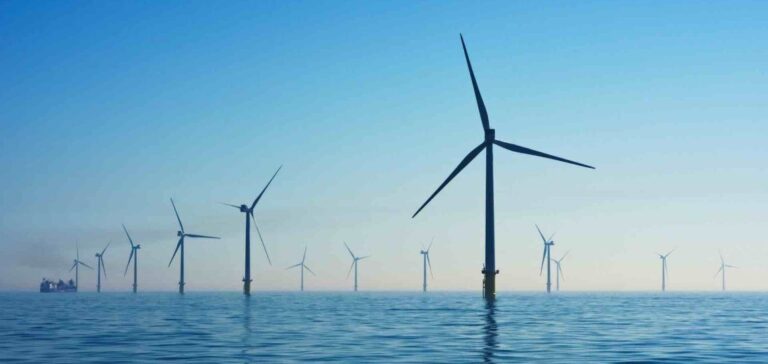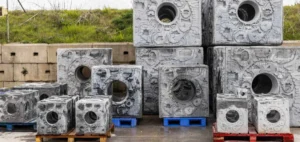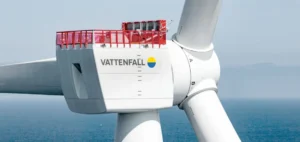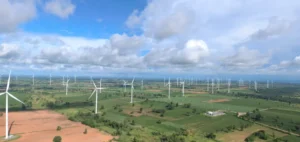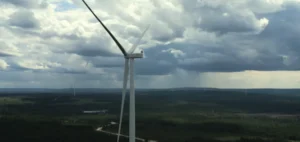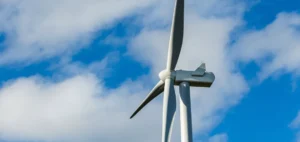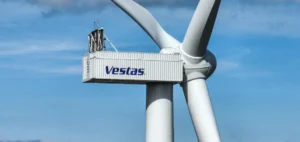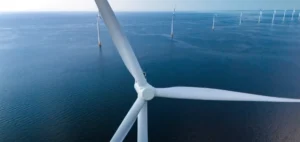Vena Energy, an independent power producer based in the Asia-Pacific region, has confirmed an investment of USD 200 mn (approximately KRW 280 bn) in the Yokji offshore wind project, located in South Gyeongsang Province. The announcement was made during a ceremony held with the Ministry of Trade, Industry and Energy (MOTIE) and the Korea Trade-Investment Promotion Agency (KOTRA) in Seoul on 25 March.
The project plans to install 384 megawatts of capacity, aiming to diversify South Korea’s energy mix. It is designed to reduce the country’s reliance on imported fossil fuels while increasing the share of domestically produced energy within the national grid. This move aligns with the South Korean government’s long-term strategy to secure its energy supply and mitigate risks associated with geopolitical fluctuations and global market prices.
Local industrial capacity and community integration
The company has confirmed its intention to rely on local industrial capabilities and establish partnerships with South Korean suppliers. It has also committed to working with local fishing communities to ensure sustainable coexistence with existing maritime activities in the project area. Vena Energy is currently evaluating potential contributions from the national supply chain during the project’s construction phase.
The Yokji project complements another strategic development by Vena Energy in South Korea: the Taean offshore wind farm, with a capacity of 500 megawatts. This was awarded as part of the 2024 national offshore wind auction and construction is scheduled to begin before the end of 2025. This second project is being developed in partnership with Copenhagen Infrastructure Partners (CIP) and is expected to supply electricity to around 300,000 South Korean households.
Expansion of energy portfolio
Beyond its offshore wind activities, Vena Energy is continuing to expand its portfolio of renewable energy and digital solutions across South Korea. The company seeks to capitalise on the country’s abundant wind resources and technological advancements to deliver domestic alternatives to imported energy.
Nitin Apte, Chief Executive Officer of Vena Energy, stated that this investment reaffirms the group’s commitment to supporting South Korea’s energy transition. He noted that the company aims to develop additional projects while strengthening its local partnerships.
The South Korean government welcomed the initiative as an example of strategic collaboration between industrial players and public authorities, underlining the potential role of private investment in enhancing national energy security.


